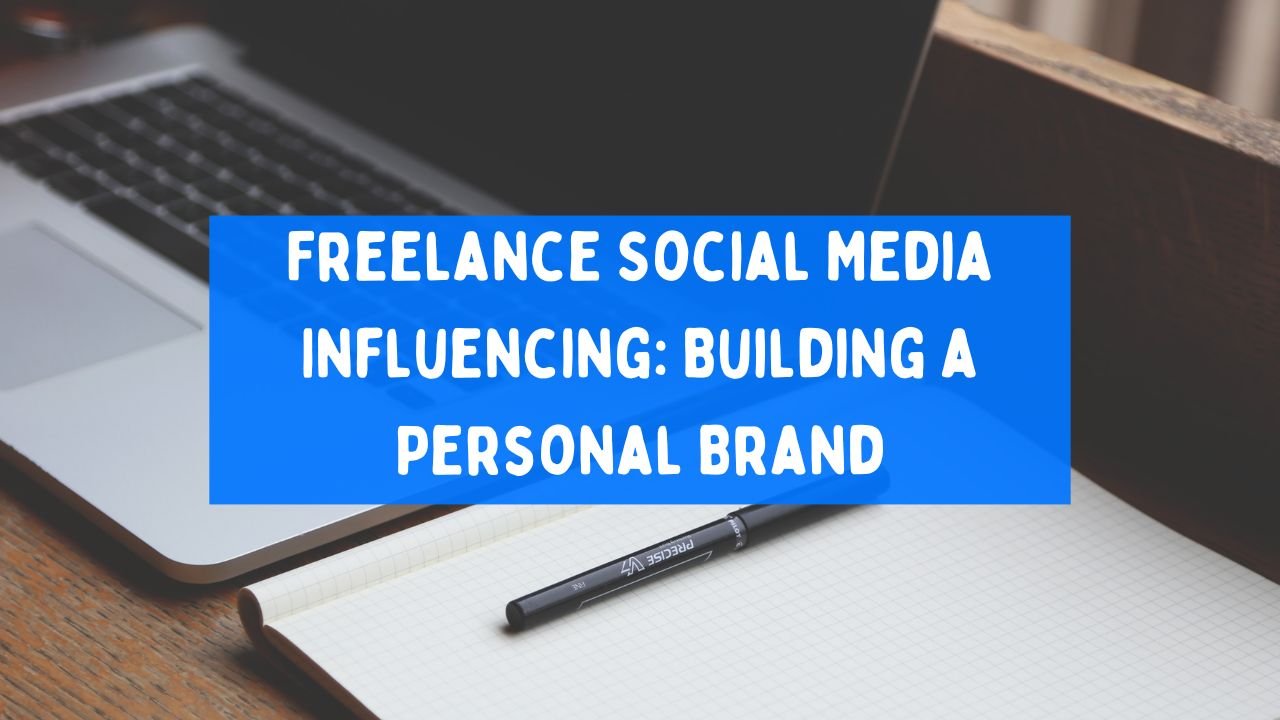Freelancing is a great way to earn money, work on your own terms, and pursue your passion. But it also comes with its own challenges, such as finding clients, managing projects, and balancing work and life. If you are new to freelancing or want to take your freelance career to the next level, this guide will help you with some tips and tricks for success.
What is freelancing?
Freelancing is a form of self-employment where you offer your skills and services to different clients on a project-by-project basis. You are not tied to one employer or company, but rather work with multiple clients across various industries and niches. You can work as a freelancer full-time or part-time, depending on your availability and goals.
Some of the most common freelance services include:
- Writing
- Design
- Marketing
- Translation
- Programming
- Photography
- Consulting
- Coaching
- Teaching
- Accounting
- Legal
The benefits of freelancing include:
- Flexibility: You can choose when, where, and how you work, according to your preferences and schedule.
- Variety: You can work on different projects and topics that interest you and challenge you.
- Creativity: You can express your unique voice and style in your work and showcase your portfolio.
- Autonomy: You can set your own rates, terms, and policies, and negotiate with clients directly.
- Income: You can earn more money than a regular job, depending on your skills, experience, and demand.
The challenges of freelancing include:
- Uncertainty: You may not have a steady income or a guaranteed workload, and you may face competition from other freelancers.
- Responsibility: You have to manage all aspects of your freelance business, such as marketing, accounting, taxes, contracts, invoices, etc.
- Isolation: You may feel lonely or disconnected from other people, especially if you work from home or remotely.
- Stress: You may have to deal with deadlines, client feedback, revisions, scope creep, etc.
How to get started in freelancing?
If you want to start freelancing, here are some steps you can follow:
- Identify your skills and niche: The first step in freelancing is to identify your skills and the niche you want to work in. Take stock of your skills and experience, and identify areas where you have a competitive advantage. Then, research the market demand for those skills and determine which niches are most in demand.
- Set up your online presence: The next step is to create your online presence that showcases your work and attracts clients. This includes creating a website or portfolio, a LinkedIn profile, a social media account, a blog, etc. Make sure your online presence is professional, consistent, and updated regularly.
- Find clients: The most important step in freelancing is finding clients who need your services. There are many ways to find clients, such as using online platforms, networking with other freelancers, asking for referrals, cold emailing, etc. You can also use Google alerts to get notified of new opportunities in your niche.
- Pitch your services: Once you find potential clients, you need to pitch your services to them in a way that convinces them to hire you. This includes writing a proposal, sending a sample, quoting a price, etc. You should also use contracts to clarify expectations and protect yourself from disputes.
- Deliver quality work: After you land a client, you need to deliver quality work that meets their requirements and exceeds their expectations. This includes communicating regularly, managing multiple projects at once, asking for feedback revising if needed, etc. You should also invoice promptly and collect payment securely.
How to succeed in freelancing?
If you want to succeed in freelancing, here are some tips and tricks you can follow:
- Be professional: Treat freelancing as a serious business and act professionally with your clients. This means being respectful, reliable, honest, responsive, and courteous at all times.
- Be proactive: Don’t wait for clients to come to you; instead, seek out new opportunities and market yourself constantly. This means updating your portfolio, sharing your work samples, asking for testimonials, etc.
- Be adaptable: Be ready to adapt to changing market trends, client needs, and project demands. This means learning new skills, tools, and techniques, expanding your services, and diversifying your income streams.
- Be organized: Keep track of your projects, deadlines, finances, and paperwork. This means using tools and apps to manage your time, tasks, invoices, contracts, taxes, etc.
- Be balanced: Maintain a healthy work-life balance and avoid burnout. This means setting boundaries, taking breaks, having hobbies, and socializing with others.
Conclusion
Freelancing can be a rewarding and fulfilling career choice if you are prepared for the challenges and opportunities it offers. By following the tips and tricks in this guide, you can get started and succeed in freelancing.




